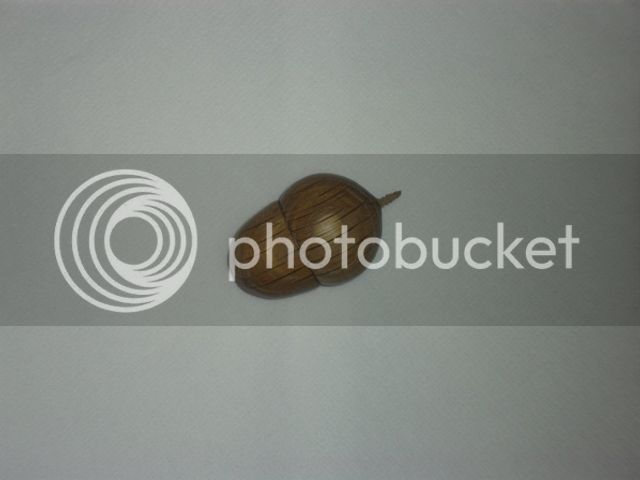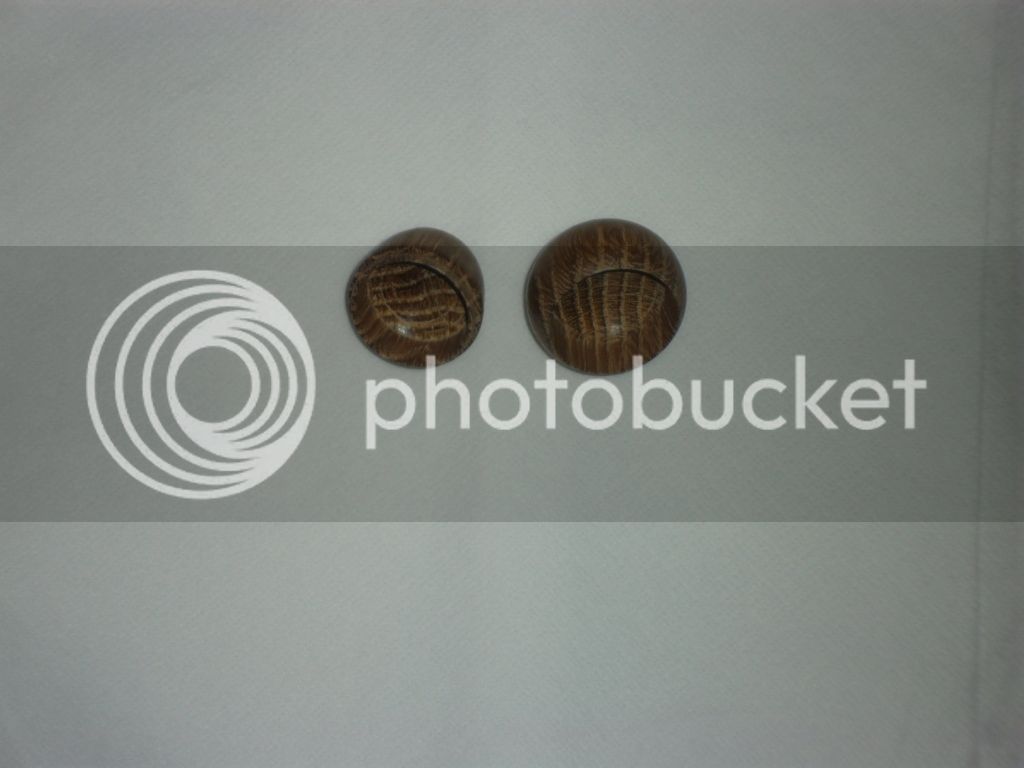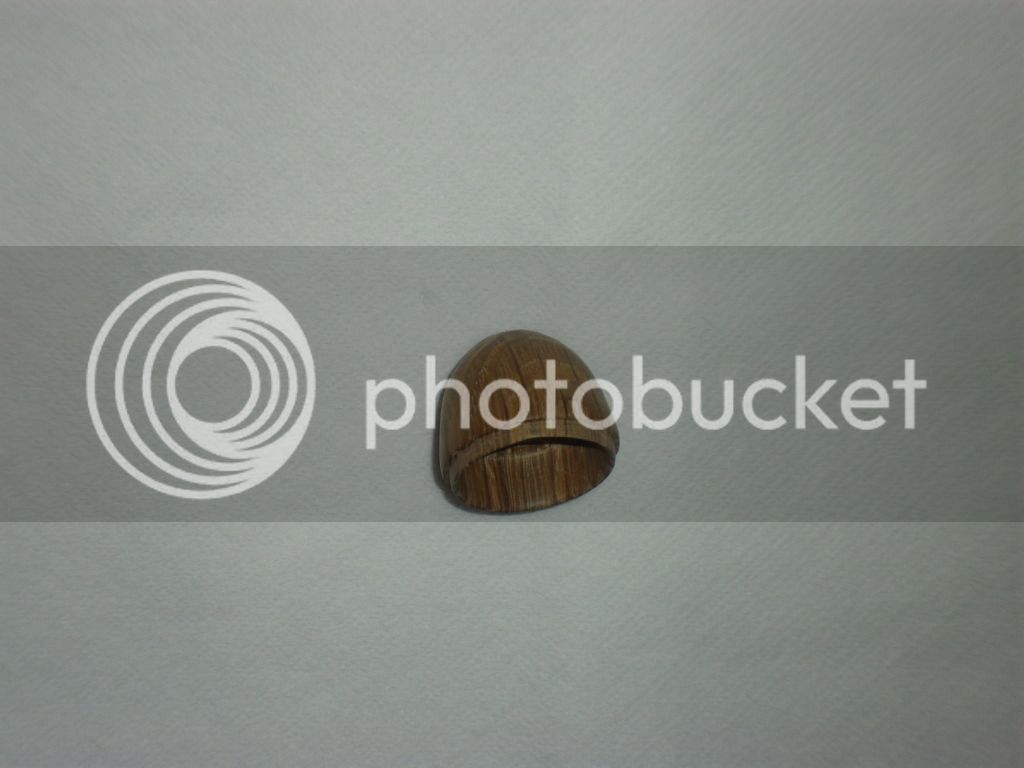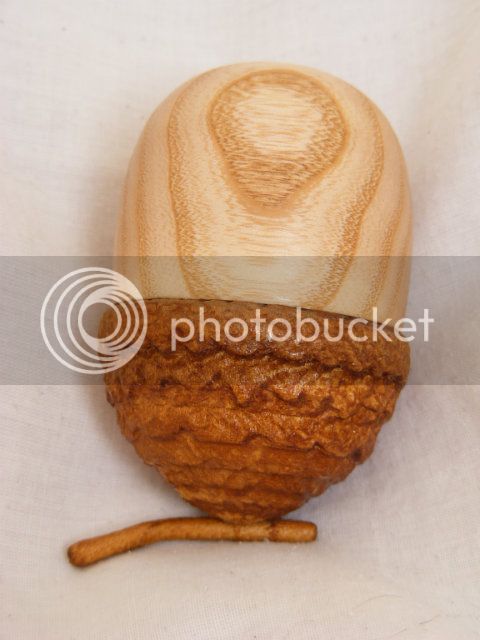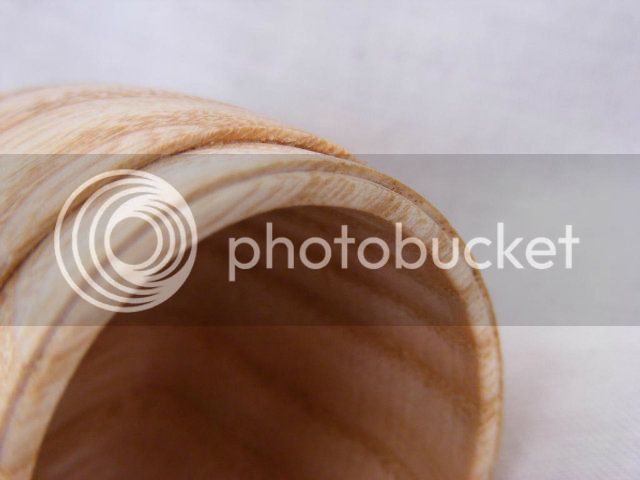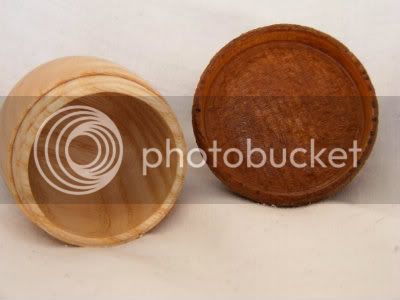nev
Established Member
January - An Acorn Box.
Please do not worry about signing up to the scoreboard for this month (WIP), just post your entries here
Please post your challenge entries in this thread.
Please state wood type if known, dimensions and a little about how you made it and what tools and finish you used ( this helps the judge ). Please post 3 or 4 images ( see link at top of page for how to ) of your work / entry as follows...
1 showing assembled box side view
1 showing inside the box and lid
1 showing side view of the "male" spigot / thread section
1 optional photo showing any other feature you think might be of interest
Image size please use image size 640 x 480 0.3 mp, same previous months
Entry’s to be uploaded from 10pm on 27th January up until 10pm on the 29th January.
After this time the thread will be locked for Judging
Results will be given on or before 31 January
Any entry's that are outside the rules and requirements will not be judged
The Judges decision is final ( Any negative comments re judging must be via PM only and not on the open forum )
NO Critique or comments on any work until February Please, After the Judging and results.
Good Luck, especially to the newcomers
ROUNDUP
Please do not worry about signing up to the scoreboard for this month (WIP), just post your entries here
Please post your challenge entries in this thread.
Please state wood type if known, dimensions and a little about how you made it and what tools and finish you used ( this helps the judge ). Please post 3 or 4 images ( see link at top of page for how to ) of your work / entry as follows...
1 showing assembled box side view
1 showing inside the box and lid
1 showing side view of the "male" spigot / thread section
1 optional photo showing any other feature you think might be of interest
Image size please use image size 640 x 480 0.3 mp, same previous months
Entry’s to be uploaded from 10pm on 27th January up until 10pm on the 29th January.
After this time the thread will be locked for Judging
Results will be given on or before 31 January
Any entry's that are outside the rules and requirements will not be judged
The Judges decision is final ( Any negative comments re judging must be via PM only and not on the open forum )
NO Critique or comments on any work until February Please, After the Judging and results.
Good Luck, especially to the newcomers
ROUNDUP



















